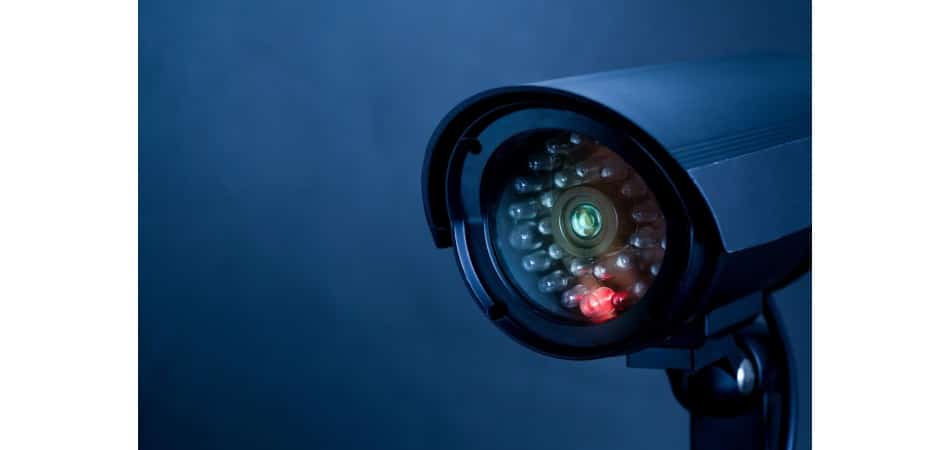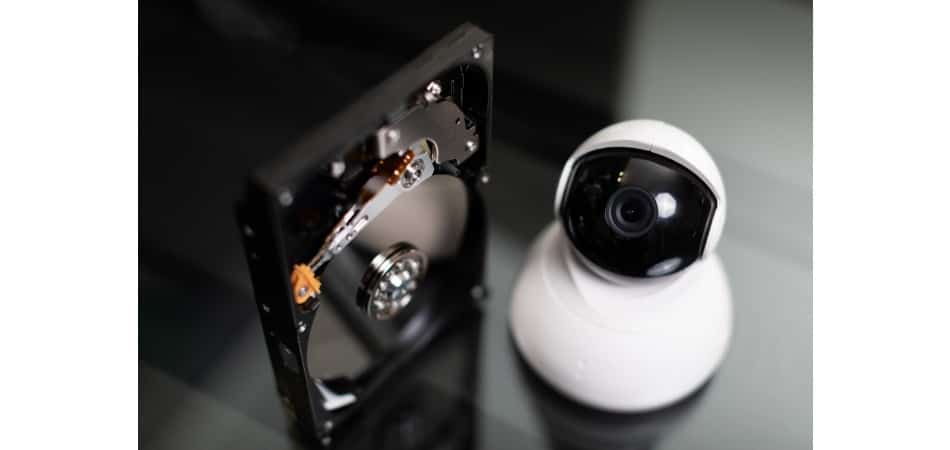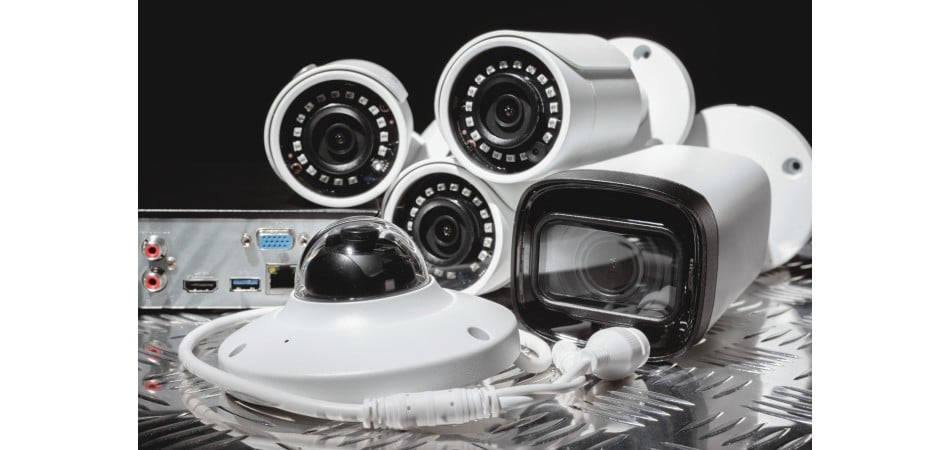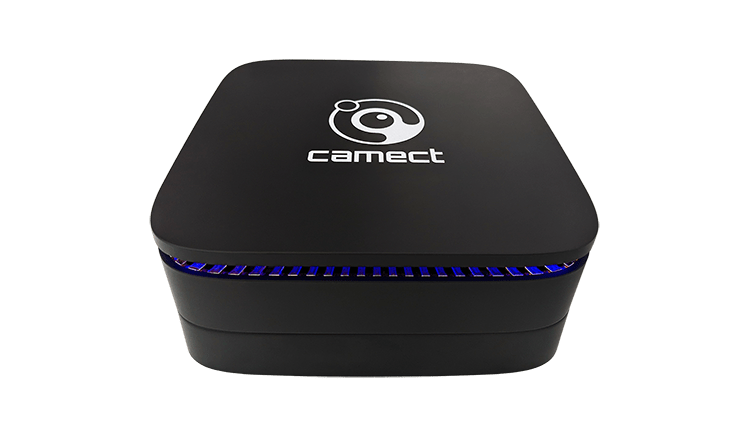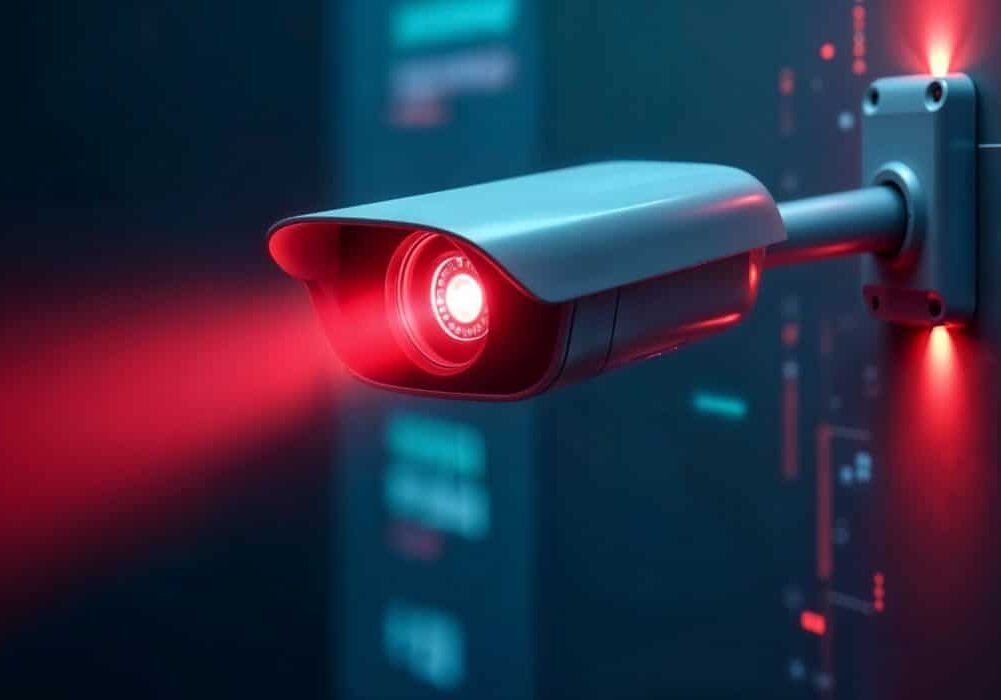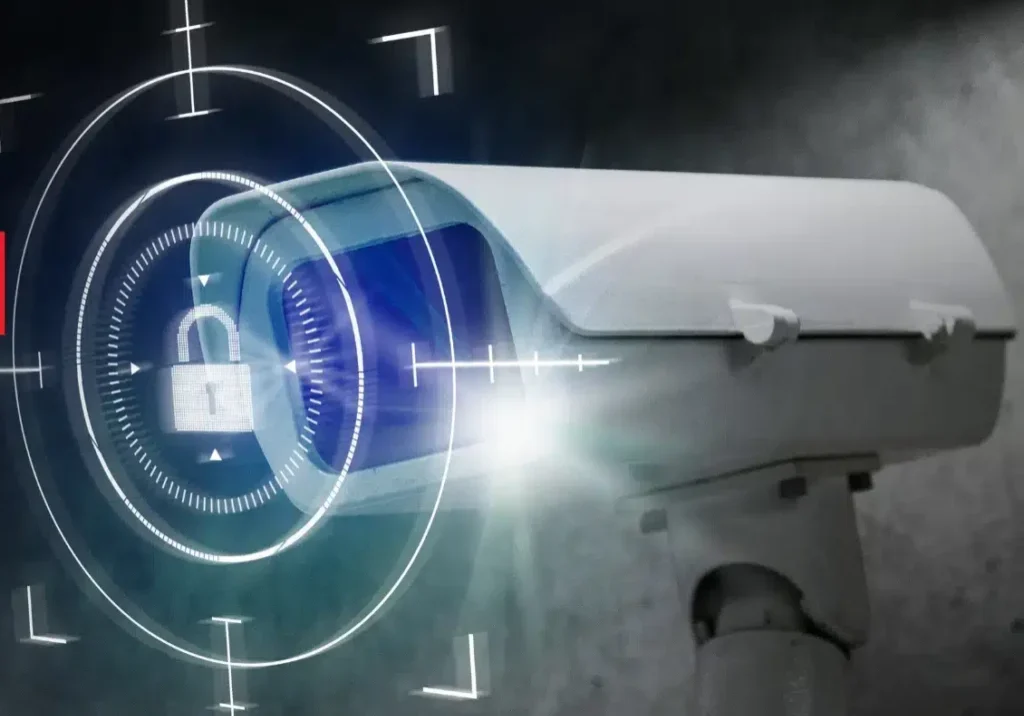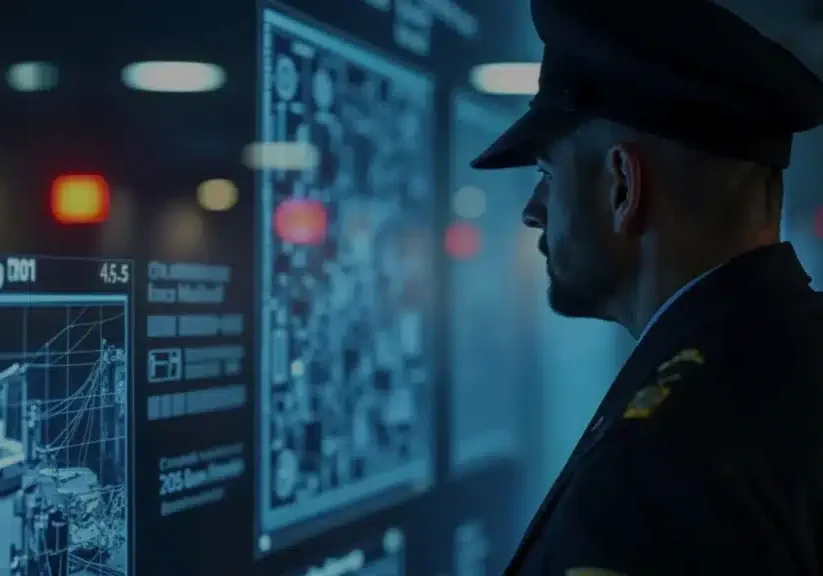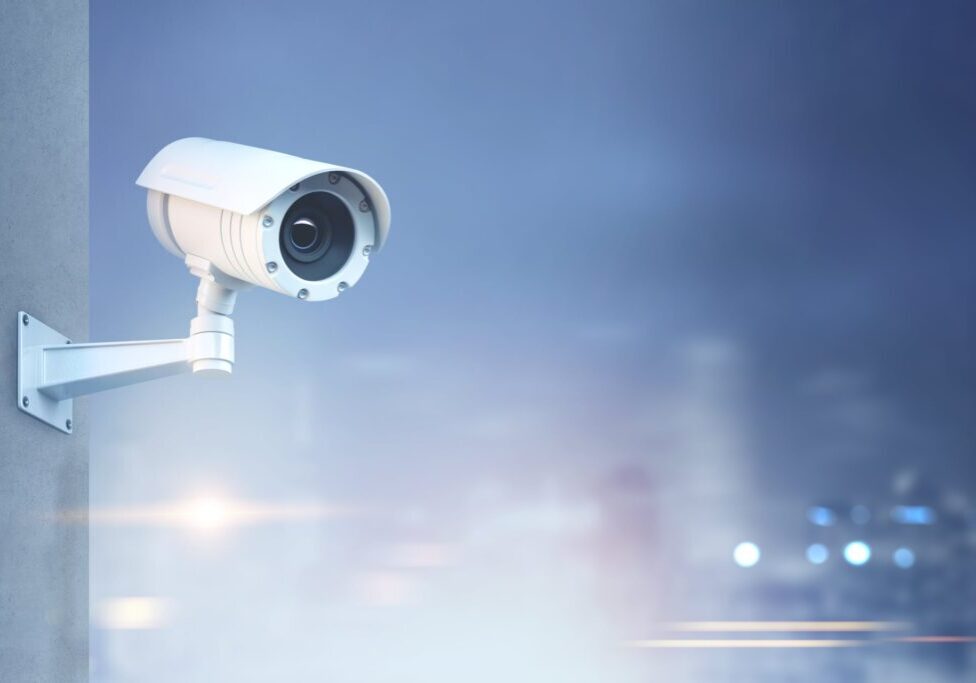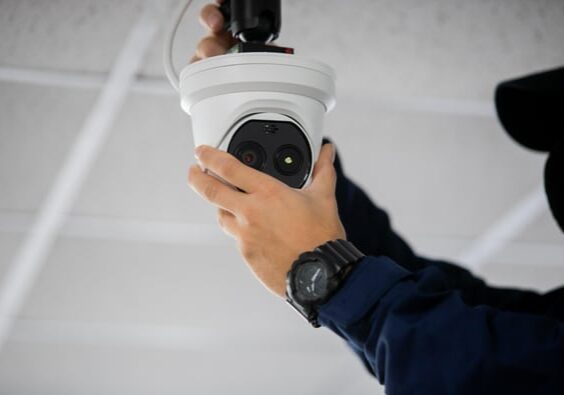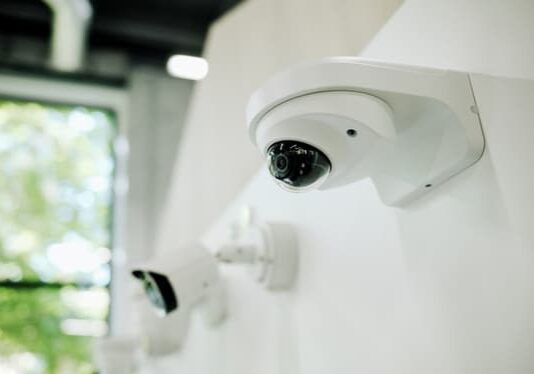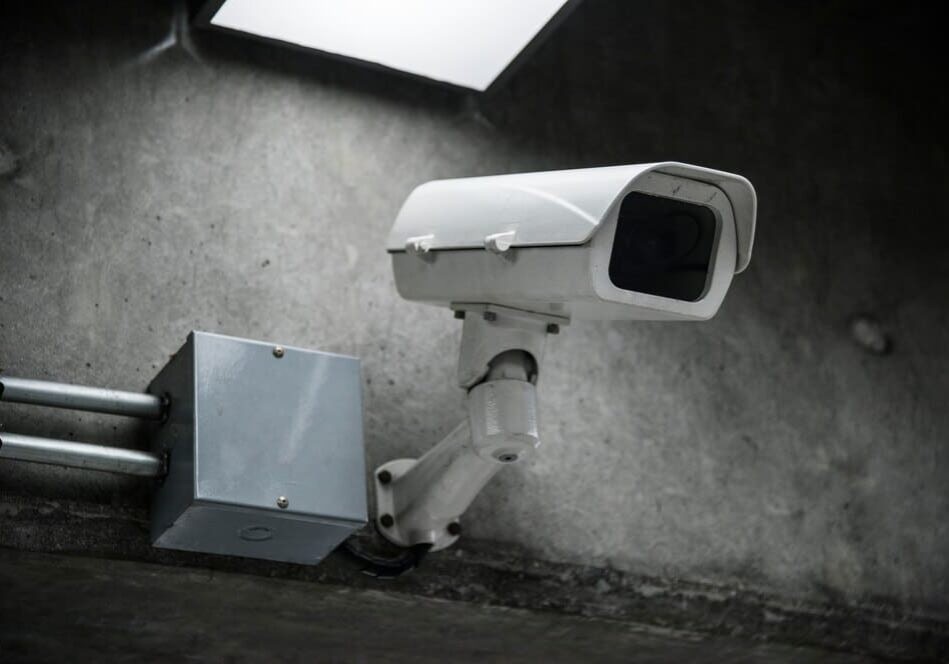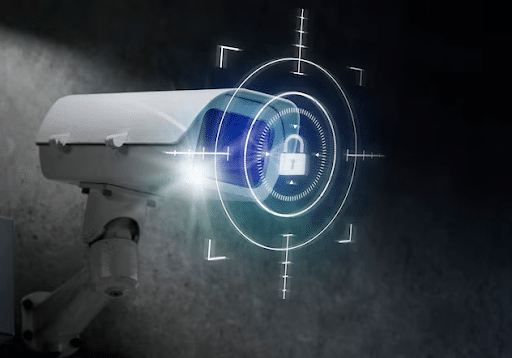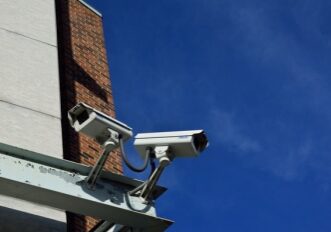Summary:CCTV cameras are essential for modern security, offering protection, monitoring, and operational oversight. Different camera types, such as dome, bullet, PTZ, infrared, wireless, IP, HD, thermal, covert, and multi-head, serve distinct needs for coverage, clarity, and environment. Choosing the right camera depends on location, scalability, and maintenance requirements for optimal protection.
Introduction: The Importance of CCTV Cameras in Modern Security
Closed-circuit television (CCTV) systems play an important role in modern security, providing vital surveillance where it’s most needed.
These commercial CCTV systems deliver valuable benefits across multiple environments, stopping theft and destruction or enhancing day-to-day operational oversight.
This article breaks down the different types of CCTV cameras, emphasizing their key components, parts, and ideal applications. This guide is created to help you select the right solution based on your distinct video security monitoring requirements.
Types of CCTV Cameras
1. Dome CCTV Cameras
Also known for their dome-shaped cover, these cameras disguise the movement of the lens, delivering more hidden surveillance.
Ideal Applications:
- Public Spaces: They are excellently suited for spaces such as shopping malls, cafes, and lobbies where security and appearance issues are.
- Tamper-Proof Places: Their resistance to meddling makes them appropriate for high-risk spaces.
Major Advantages:
- Adaptability: Vandal-proof features offer security against tampering and damage.
- Covert Design: Their hidden appearance is readily incorporated into diverse forms of architecture.
- Wide Coverage: They are provided with wide-angle lenses. Hence, it offers comprehensive coverage, which may undervalue the number of cameras needed.
Cons:
- Limited Long-Range Focus: They are best suited for short-distance monitoring.
- Subtle Presence: Their small framing may not be a good visible deterrent.
- Maintenance: The dome case may need to be cleansed continually to allow precise vision.
2. Bullet CCTV Cameras
Identified by their long cylindrical shape, bullet cameras are mostly used for outdoor video surveillance service and are the most effective deterrents.
Ideal Uses:
- Suitable for monitoring entrances, parking areas, and other specific areas.
- Weatherproof and, therefore, adaptable to outdoor use.
Key Advantages:
- Long-Range Focus: Able to produce clear images over large distances.
- Visible Deterrent: Their visible nature may discourage unwanted intruders.
- Night Vision: Usually has infrared capabilities to provide clear images during nighttime.
Drawbacks:
- Narrow Field of View: Limited wide-view coverage may necessitate additional overall monitoring cameras.
- Fixed Positioning: Not flexible in viewing angle adjustments without manual action.
- Vulnerability: Exposed installation makes them vulnerable to vandalism.
3. PTZ (Pan-Tilt-Zoom) CCTV Cameras
These cameras deliver dynamic control, allowing operators to pan in a horizontal exposure, tilt vertically, and zoom into certain areas for closer observation.
Ideal Uses:
- Monitor large spaces such as gardens, parking lots, and marketplaces.
- Perfect for conditions demanding flexible viewing angles and real-time direction controls.
- Essential in areas where quick camera adjustment is needed due to regular activity.
Important Advantages:
- Extensive Coverage: Capacities for remote adjustments ensure comprehensive surveillance without physical relocation.
- Granular Compliance: Optical zoom capabilities deliver close-ups without compromising picture quality.
- Flexibility: Fit in situations that need both wide-area monitoring and focused surveillance.
Disadvantages:
- Maintenance Needs: Moving elements may need frequent maintenance to ensure functionality.
- Operational Control: Tends to need active monitoring to adjust angles efficiently.
- Cost: Advanced features may result in more significant purchase and installation costs.
4. C-Mount CCTV Cameras
C-Mount cameras are versatile with detachable lenses that can serve various surveillance purposes by changing them.
Uses:
- Oversized Areas: Appropriate for monitoring large areas like warehouses or parking grounds.
- Variable Surveillance: Used where surveillance demands are subject to change so that the lenses can be changed accordingly.
Advantages:
- Variable Field of View: Interchangeable lenses permit customization of surveillance requirements.
- HD Imaging: Ability to produce fine video quality.
- Durability: Built for durability both outdoors and indoors.
Cons:
- Good Size Visibility: The bigger construction makes it stand out more, perhaps putting discretion at stake.
- Technical Installation: You may need specialized skills to install and adjust the lenses.
- Cost Considerations: More lenses and technical parts increase the overall cost.
5. Infrared (IR) & Night Vision CCTV Cameras
With IR LEDs, these cameras can record clear images in total darkness, thereby being a must-have for 24/7 monitoring.
Ideal Applications:
- Ideal for areas that require constant monitoring, e.g., construction perimeters and parking lots.
- Perfect for internal locations such as warehouses, where light is low.
Major Advantages:
- Constant Surveillance: Provides crisp images irrespective of lighting needs.
- Motion Detection: Usually provided with elements that inform operators of movement at night.
- High Level of Detail: Some models feature color night vision, improving the capability to identify subjects.
Drawbacks:
- Premium Pricing: Typically more costly than normal day/night cameras.
- Limited Color Accuracy: Night video could lack shade detail because of infrared imaging.
- Visible IR LEDs: LEDs can reveal the camera’s area or attract insects.
6. Wireless CCTV Cameras
Wireless cameras transfer video through Wi-Fi without requiring cables, simplifying installation. Best suited for relaxed, non-permanent installations.
Ideal Uses:
- Ideal for conditions with impractical wiring or temporary structures.
- Best for home security or small associations requiring mobility and easy installation.
Key Benefits:
- No complicated wiring is needed, so they are easy to relocate.
- Does not affect drilling or dangerous walls.
- Monitor live or recorded video using internet-enabled devices.
Drawbacks:
- Wi-Fi signals can be interrupted by barriers or electronic appliances.
- Susceptible to hacking if not sufficiently secured.
- Requires regular maintenance to provide stable performance.
7. IP (Internet Protocol) CCTV Cameras
IP cameras transport digital video recognition via a network connection, ensuring a more apt solution and scalability than analog ones.
Ideal Applications:
- Corporate & Retail Spaces: They help deter theft and check on activities.
- Public Spaces & Remote Surveillance: Good for areas with high traffic and the remote monitoring of sites.
Major Advantages:
- Produce much sharper and complex images.
- Easy to scale as the surveillance needs expand.
- Advanced Features include motion detection, night vision, and remote viewing.
Drawbacks:
- Cybersecurity Requirements: Good network security is required to circumvent unauthorized access.
- High Bandwidth Usage: It may stifle the network infrastructure.
- Installation Costs: Facilities, including installation and infrastructure, may come at a cost for larger applications.
8. HD CCTV Cameras
High-definition cameras record sharp, high-resolution images, essential for recognizing people and objects.
Best Uses:
- High-Security Zones: Essential for access points and locations requiring clear recognition.
- Retail & Commercial Spaces: Aids in monitoring action and deterring theft.
- Identification-Critical Areas: Perfect where precise visual recognition is necessary.
Most Important Advantages:
- Higher resolution enhances recognition.
- Takes clearer footage under poor light conditions.
- Preserves clarity when zooming in.
Disadvantages:
- Increased Storage Requirements: Larger files need to be stored.
- Greater Bandwidth Requirements: Can impact network performance.
- Expensive: Tend to be more costly than normal-definition systems.
9. Thermal CCTV Cameras
Thermal CCTV cameras detect heat signatures rather than visual light, providing clear pictures even in full night, fog, or poor weather.
Best Applications:
- Perimeter Security: Perfect for large external spaces and borders.
- Industrial Units: Senses overheated equipment or fire hazards.
- Search & Rescue: Effective in low-visibility situations such as forests or disaster areas.
Principal Advantages:
- Trustworthy in Darkness & Adverse Weather: Presents clear images irrespective of visibility.
- Heat Detection: Detects threats through temperature contrasts.
- Limits False Alarms: Distinguishes between living objects and non-heating sources.
Disadvantages:
- Usually more costly than regular cameras.
- Challenging to identify faces or detailed outlines.
- Ideal to employ in conjunction with other camera types for complete coverage.
10. Hidden/Covert CCTV Cameras
Miniature or hidden cameras are intended for undercover surveillance, usually incorporated into ordinary objects to enable unseen watching.
Ideal Applications:
- Invisible Monitoring: Great to watch workers or secured rooms without detection.
- Home Environment: Small dimensions are best, while bigger cameras are not practical.
Primary Advantages:
- Extremely Concealed: Enables undercover watching.
- Versatile Placement: Simple to conceal because of compact shape.
- Wired or Wireless Connectivity: Provides installation convenience.
Drawbacks:
- Compact size restricts resolution and range.
- Less coverage than larger cameras.
- Privacy legislation and consent requirements must be observed.
11. Multi-Head CCTV Cameras
Multi-head cameras have multiple lenses enclosed within a single casing, allowing full-area coverage and rendering several single-lens cameras redundant. They are mostly used to mitigate any blind spots and to track large expanses.
Typical Types:
- 2-Head Cameras: Track movements in both directions along corridors or passages.
- 3-Head Cameras: Offer 270-degree views, ideal for corners and intersections.
- 4-Head Cameras: Provide 360-degree views with the utmost visibility.
Best Applications:
- Good at covering large expanses of an industrial area.
- Two-way monitoring without blind spots.
- Full coverage with less expenditure at parking lots.
- Clear surveillance on multiple fronts.
Key Benefits:
- Increase area coverage with a single camera.
- Lower costs of installation, wire procurement, and maintenance.
- Reduces the number of cameras required to maintain the system.
Disadvantages:
- Bandwidth and storage consumption are high.
- Installation and setup might get complicated.
- Resolution is lower on both lenses than on their respective single-lens cameras.
How to Choose the Right CCTV Camera for Your Needs
Choosing the right CCTV system relies on type, connectivity, and location. Nonetheless, here are some approaches for consideration:
- Property Size & Setup: These wired installations link many cameras to one central location for continuous monitoring in larger premises. Smaller premises, such as offices, may use cheaper wireless cameras, which are easier to install and require no structural modification.
- Storage & Monitoring: If large amounts of footage need to be stored or industry regulations require it, IP cameras with internal processing and video management systems do very well. To allow access from remote places, opt for Wi-Fi or network-based cameras.
- Maintenance: Cameras with moving parts, like PTZ or turret models, require more care. Go with simple fixed models if less maintenance is an issue for you.
- Maintainability and Scalability: Select solutions that combine with your current setup and permit development in the end so that you may get long-term deal from the system.
Conclusion: Secure Your Property with the Best CCTV Cameras
Tailored video security solutions should be the backbone of any credible corporate CCTV security system. Business owners and security teams must invest time and money to pick systems that suit their needs, budget, and operations timelines. Selecting the appropriate types of CCTV cameras offers greater asset protection without unnecessary costs and time delays. Using guidance from this article, a business hopes to set up a security system tailored to its own specific needs.
Ready to secure your business with a tailor-made solution? Contact Resolute Partners to ensure our experts design a security system that fits your needs.
FAQs
There is really no one solution; optimum cameras depend on your needs. HD cameras are generally deployed for regular surveillance, offering sharp images. Infrared or thermal cameras are used under poor illumination or pitch darkness. PTZ cameras are fit for a client who seeks a wider coverage area with flexible zooming.
Both serve their purpose. Wired cameras will need no interruptions, and thus are best suited for property-wide designs or permanent installations. On the other hand, wireless cameras are easy to set up and flexible; however, their performance rests squarely on a good Wi-Fi signal.
Yes, they do. Infrared night vision cameras can note down images with perfect clarity in total darkness, as they detect either heat given off by the objects or infrared rays.
It depends on how many cameras you have installed. The higher the resolution, the longer you want to keep the footage. Business clients require anywhere from 1 TB to 4 TB of storage for 30 days of recording time.
Almost all modern CCTV systems let you watch remotely through mobile apps or web platforms, where you can see the live feed and acquire the required attention from anywhere.

Michael S. Blanco is the Chief Executive Officer and Co-Founder of Resolute Partners, LLC, where he leads strategic initiatives across various divisions. After owning family entertainment centers in New England, he co-founded Resolute Partners in 1996, launching the first Internet cafés for the U.S. Navy and partnering with AT&T for global deployment. A pioneer in wireless communications, Michael has expanded the company’s focus to include Energy Management/IoT, Cybersecurity, and Managed Video Security. He holds a degree from the Rochester Institute of Technology.
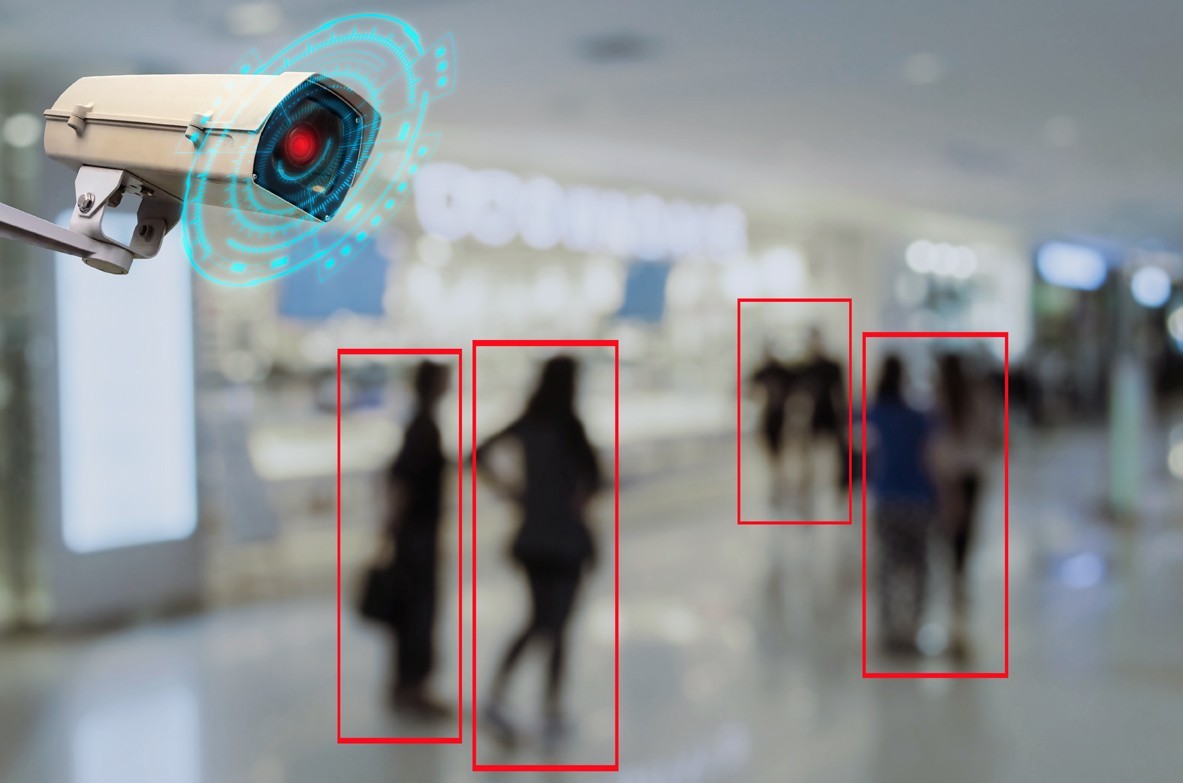
Stay up to date.
Subscribe for latest news, protection tips, special offers, and more!


